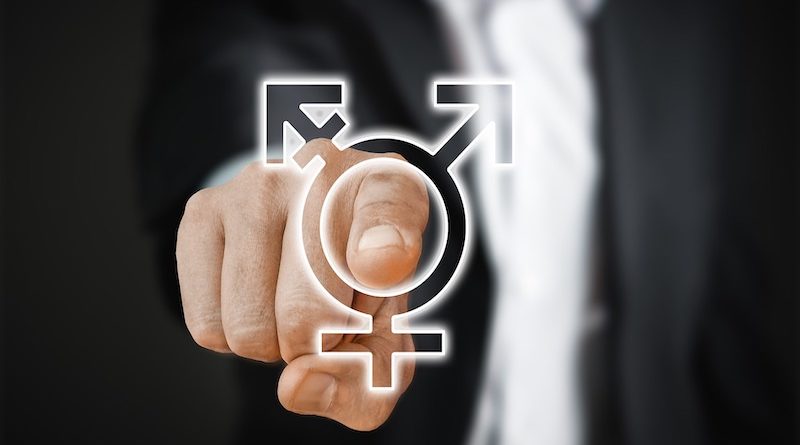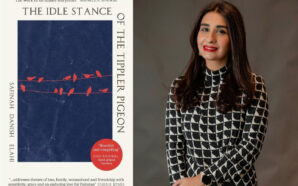May 9th, 2019, Dubai (UAE):In search for a new job, women and men start on a similar footing. However, their journeys diverge when it comes to applying for the job or being proactively recruited, according to LinkedIn’s Gender Insights Report.
The report offers global insights into differences between men and women in terms of engaging with jobs, applying for vacancies and getting hired. In turn, it can also assist HR professionals in developing recruitment strategies that ensure gender-balanced workforce.
Arda Atalay, Head of Sales at LinkedIn Talent Solutions UAE, said:“Inclusion and gender diversity in hiring are crucial for companies that seek to acquire and retain the best talent necessary for strong business growth. At LinkedIn, we have mined data for actionable insights that help recruiters improve every step of the job seeker journey, from company brand positioning to interaction with candidates from all backgrounds.”
Women are more selective when applying
In the UAE, women view an average of 86 job postings, while men view an average of 87. Both genders browse jobs in a similar way but apply differently. LinkedIn’s research suggests that women are more selective than men when considering jobs, screening themselves out of the conversation and applying for 20 percent fewer vacancies than men according to the global insights. Findings show that women only apply when they feel completely qualified, which, in turn, results in a higher success rate but also indicates that they do not pursue stretch opportunities.
When they do go for more senior roles, globally, women are 18 percent more likely to get hired than men. Therefore, it is important to raise the profile of existing female employees, particularly those in leadership positions, as they may serve as role models for female applicants.
Men are more likely to ask for a referral than women
In the UAE, LinkedIn found that women are 25 percent less likely than men to ask for a referral for a job they are interested in, even when they have a connection at the company. Companies place immense value on employee referrals, and recruiters report that they are a top source of quality hires.
HR professionals should examine the best sources of hire in their companies and consider sourcing strategies that include underrepresented groups to build a strong talent pipeline of healthy referrals, active applicants and sourced candidates.
Recruiters view men’s profiles more frequently
While gender parity at work is gaining prominence, data reveals that when recruiters search for candidates, they tend to view men’s LinkedIn profiles more frequently. Thirteen percent of recruiters are less likely to click on a woman’s profile when it shows up in a search. However, after recruiters review a candidate’s profile, they find women to be as qualified as men, and are similarly likely to reach out to both genders.
To combat the initial selection bias, companies are increasingly implementing anonymized hiring and removing key identifiers, such as names and photos, from candidates’ applications.
Ensuring gender-balanced hiring
Benchmarking a company’s current gender split across functions and seniority levels is a vital first step towards achieving gender balance in the workplace. Even if the overall figures are balanced, certain departments or offices may present opportunities for improvement. Once the baseline is established, the company can begin to set its aspirational recruiting goals.
To engage with a broader audience, companies ought to highlight their diversity, for instance, through featuring female employees in stories and photos shared on LinkedIn. Furthermore, it is essential to make job postings inclusive by using gender-neutral language and avoiding words that are stereotypically masculine.
About LinkedIn
LinkedIn connects the world’s professionals to make them more productive and successful and transforms the ways companies hire, market and sell. Our vision is to create economic opportunity for every member of the global workforce through the ongoing development of the world’s first Economic Graph. LinkedIn has more than 610 million members in over 200 countries and territories and has offices around the world.
Build your profile on LinkedIn. Join the world’s largest professional network today
Learn a new skill with LinkedIn Learning











